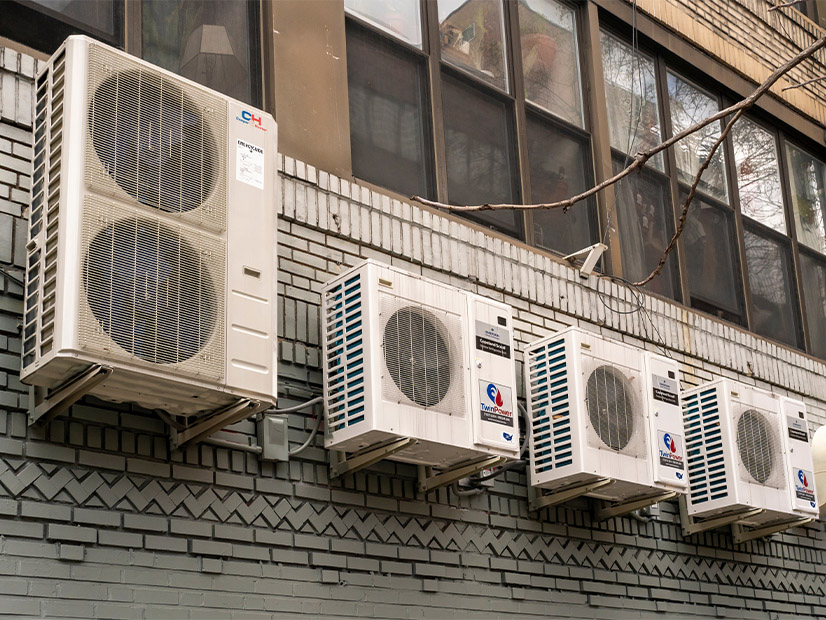Leaders of nine states have agreed to pursue greater adoption of heat pumps by their combined 93 million residents.
A memorandum of understanding announced Feb. 7 sets a goal of heat pump technology comprising 65% of residential heating, cooling and water heating equipment sales by 2030 and 90% by 2040. That compares with a present-day market share of roughly 25% in the nine states.
The Northeast States for Coordinated Air Use Management (NESCAUM) brokered the MOU, which reaches well beyond the borders of the air-quality advocacy organization.
California, Colorado, Maine, Maryland, Massachusetts, New Jersey, New York, Oregon and Rhode Island signed onto the MOU. It builds on a September announcement by the U.S. Climate Alliance in which 25 governors set a 2030 goal of 20 million heat pumps operating in their states. (See Climate Alliance Seeks to Boost Heat Pump Sales.)
The nine states agreed to lead by example and promote zero-emission technologies in state-owned buildings. They also will seek to direct at least 40% of efficiency and electrification investments toward low-income households that pay a large percentage of their income for energy costs, and to communities that historically have experienced high air pollution levels.
NESCAUM noted that buildings are a leading source of greenhouse gas emissions. In the nine participating states, buildings emit 173 million metric tons of carbon dioxide per year, plus much smaller quantities of nitrogen oxides, fine particulate matter and other substances blamed for health problems.
Multiple variables will bear on how these outputs change amid greater use of heat pumps, and there is not a ready estimate of what a 65% or 90% market share would accomplish by way of reduction, said Emily Levin, a NESCAUM senior policy adviser.
She told NetZero Insider that small-scale residential installations are the subject of the MOU because controlling temperatures in larger residential and commercial structures with heat pumps is a more complicated proposition, and the technology is evolving.
The MOU is not legally binding, and it is designed to sidestep the controversies that often attach to proposed fossil fuel bans or electrification mandates.
Levin said there is not one single path to 65% market share; each state will develop its own strategy, and each strategy likely will have multiple tracks.
“I think we see it being all of the above and looking a little different in every state,” she said. “There will likely be new policy measures in the mix.”
Some of the first wave of electrification rules, such as the one New York passed in 2023, exempt retrofits of existing buildings. (See NY to Begin Banning Gas in New Construction in 2026.)
But almost all of the residences that will exist in 2030 and 2040 already have been built. So any meaningful drive to building decarbonization will need to specifically target existing structures. A mix of incentives, tax credits and practical assistance is offered to make this happen.
“We’re seeing a range of policies emerging to tackle existing buildings,” Levin said.
There are potential sticking points on the path to 65% market share.
A larger workforce skilled in heat pump technology needs to be trained, for example. Levin said these efforts are underway. The skillsets in the traditional HVAC industry are not entirely different, but there is a learning curve in the move to electrification.
Grid capacity is also a consideration, she said, but there are strategies that could mitigate heat pumps’ demand for electric power in regions that previously relied on fossil fuels for heat.
There also could be pushback from industries that rely on existing technology and see electrification as an existential threat. Some proposals have turned into battles.
NESCAUM hopes this effort will be perceived more positively and has enlisted HVAC industry stakeholders in the push for the MOU.



